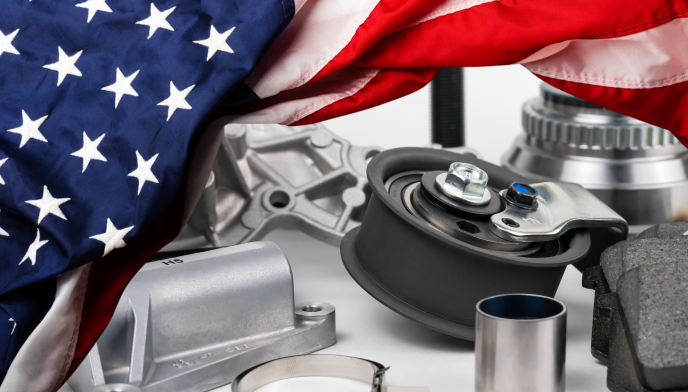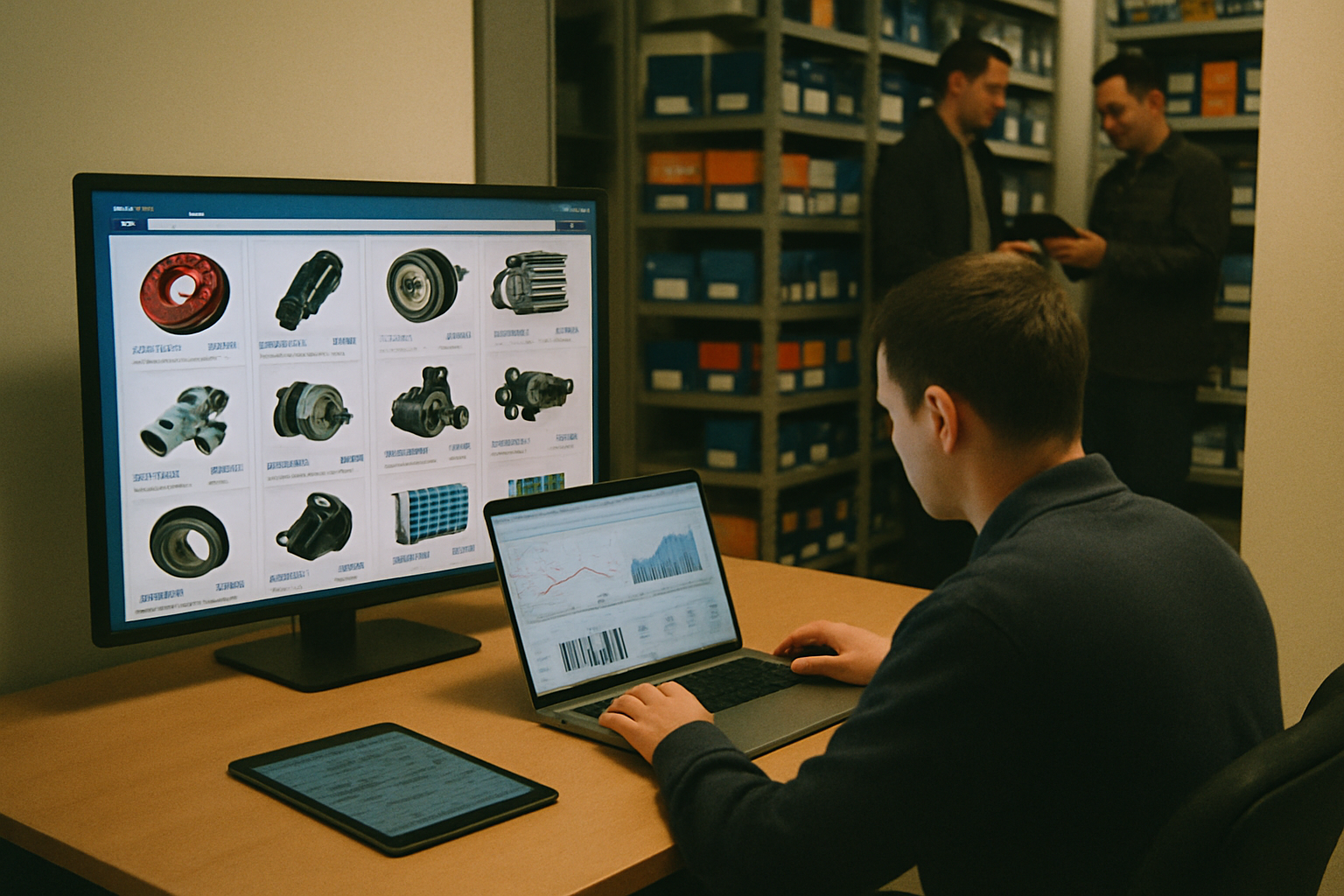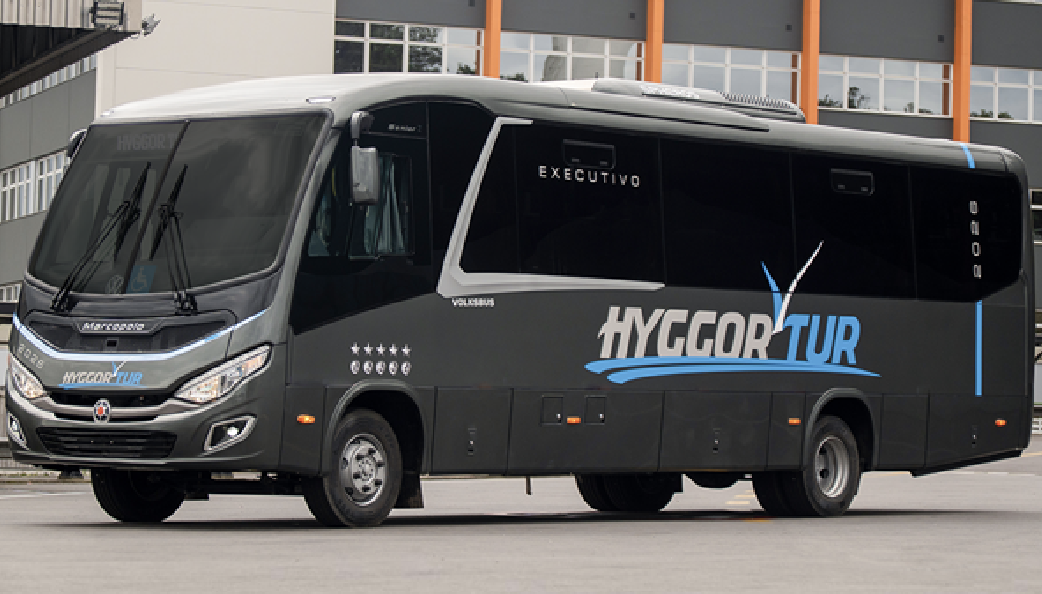The auto parts industry in the United States is preparing for an explosive growth phase, projected to reach $41 billion between 2025 and 2029, driven by digitalization, artificial intelligence (AI), and the rise of e-commerce.
Digital Transformation and E-commerce Behind the Wheel
The rise of digital platforms has surpassed physical stores in the marketing of auto parts, with products such as brakes, oil and air filters, batteries, tires, and lubricants leading online sales. The adoption of technologies like automation, robotics, and AI is improving supply chain efficiency and inventory management, revolutionizing manufacturing and distribution in the sector.
New Trends and Challenges
The growth is also linked to the rise of electric vehicles (EVs) and turbocharged engines, which demand specialized components. Stricter CO2 emission regulations are driving the need for parts that optimize fuel efficiency.
However, the market faces challenges, such as the price disparity between original equipment (OE) parts and aftermarket alternatives, which promotes the circulation of uncertified and counterfeit parts.
A Sector Led by Major Players
Companies such as 3M, Bosch, DENSO, Lear Corp., Magna International, Panasonic, and Stellantis are leaders in production, while retailers like AutoNation, AutoZone, and online platforms like Amazon and eBay dominate distribution.
The aging vehicle fleet is driving up demand for replacement parts for sedans, hatchbacks, and SUVs, with higher turnover of filters, batteries, brake pads, and headlights.












